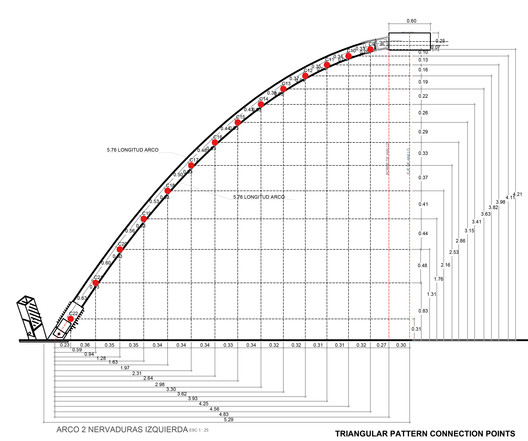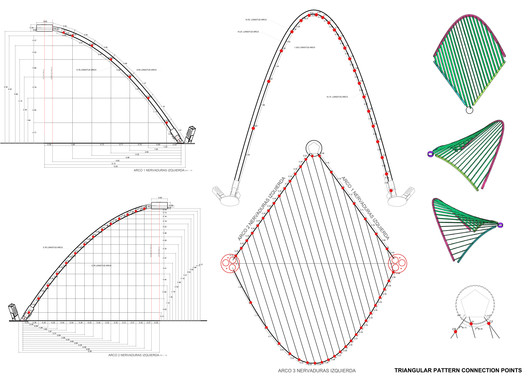
-
Architects: CO-LAB Design Office
- Area: 250 m²
- Year: 2019
-
Photographs:César Béjar, CO-LAB Design Office, Pakal Egger and Tonatiuh Egger
-
Lead Architects: Joana Gomes, Joshua Beck, Arturo Garza Espinosa, Rodrigo Arias Lopez, Thalia Velasco, Antonio Quintero, Alberto Avilez

Text description provided by the architects. Luum Temple is part of the amenities of a new residential development called Luum Zama, in Tulum Mexico. Tulum’s surging popularity has brought a lot of developers seeking to build maximum sellable areas, many of whom clear cut the existing jungle and build over the regulations. In contrast, The Luum Zama development sets aside 50% of its 8 hectare area for the conservation of existing vegetation while also implementing a reforestation program with endemic plants of the region. Luum Zama’s masterplan was also designed by Co-Lab Design Office, who are keen on raising awareness to the urgency of conservation and protection of the natural resources in the area and regulation of the construction.










































